If my battery is 18V and the dependent voltage source is Vx (Vx is the voltage across a resistor somewhere in the circuit), and if these two are in series, can I combine them into a new dependent voltage source 18+Vx?
-
You can, but it makes for slightly messier analysis when looking at the circuit using certain analysis techniques that assume linearity and superposition in particular ways – nanofarad Feb 18 '21 at 21:17
-
Thank you! I actually did that and got the right answer, but was unsure if it was possible to do such a thing. – AB2 Feb 18 '21 at 21:20
1 Answers
A real voltage source with a voltage V and internal resistance Ri is a typical example of your arrangement. Its output voltage Vout depends on the load current IL (Vout = V - IL.Ri). So, you can think of this connection as two voltage sources (V and IL.Ri) in series... although IL.Ri is a voltage drop (a part of V that is lost).
A more correct example is the case when a true current source acts as a load; see for example Why is the voltage drop created by a current source added. The voltage drop created by the current source can be subtracted from the main voltage - Fig. 1,
Fig. 1. Opposing current source as a load.
or can be added to the input voltage - Fig. 2.
Fig. 2. Helping current source as a load.
The combination of the current source and resistor can be thought as another voltage source (Norton's arrangement) connected in series to the main voltage source.
- 13,593
- 1
- 17
- 48
-
The resistor whose current controls the voltage Vx is not necessarily in series with the voltage sources, and it certainly is not the "internal resistance" of either. Hence, the voltage across the two sources is **not** necessarily related to the current through them. – Elliot Alderson Feb 18 '21 at 22:04

